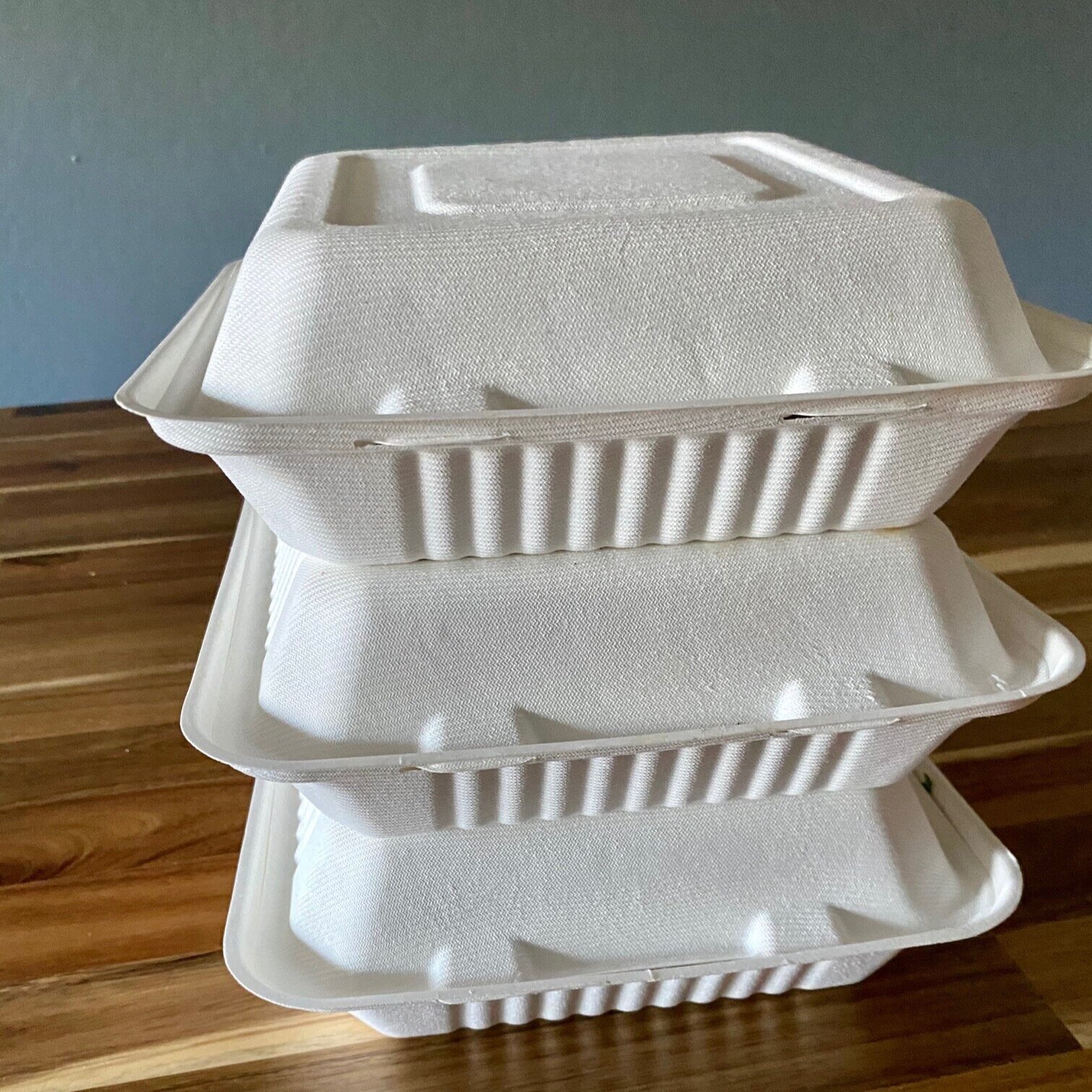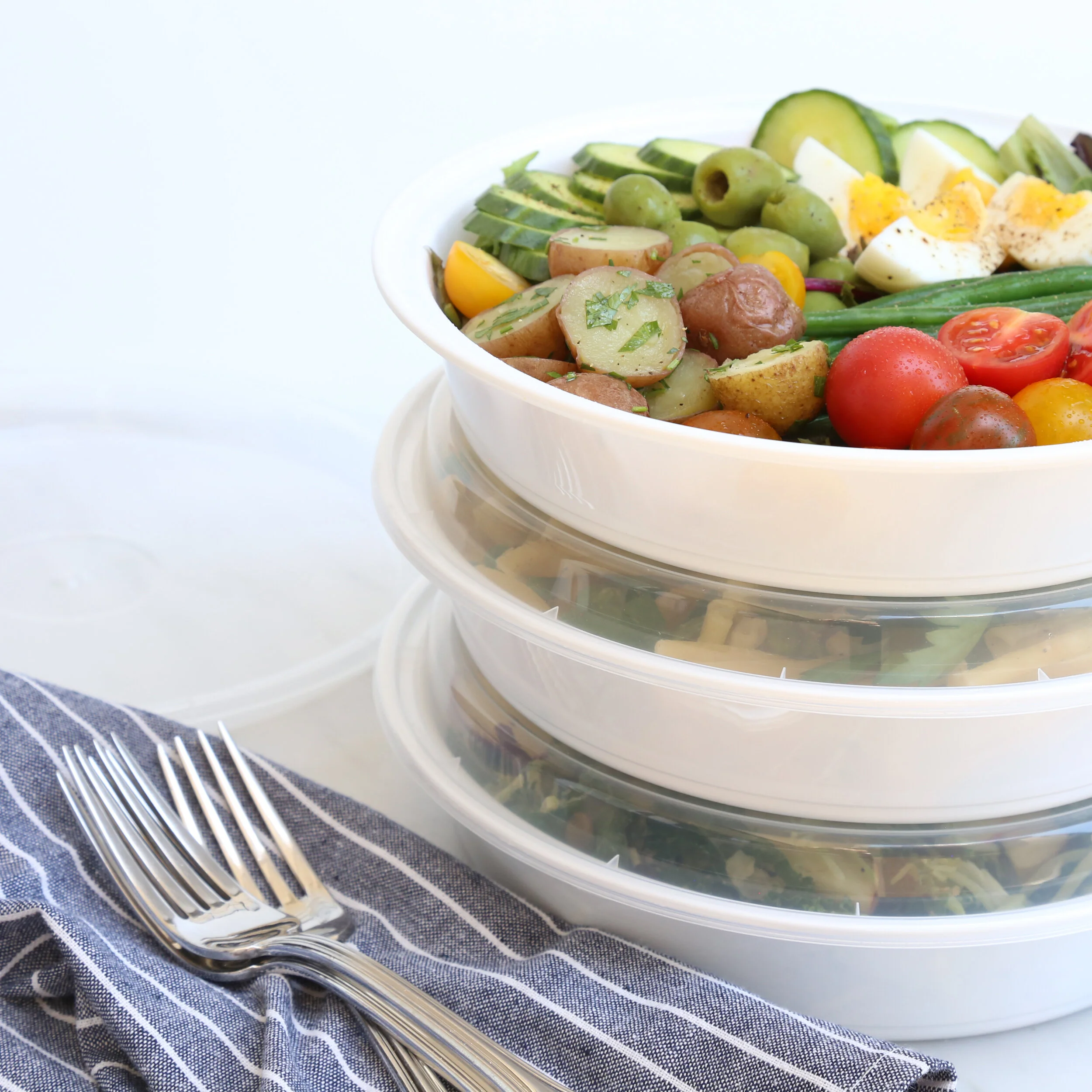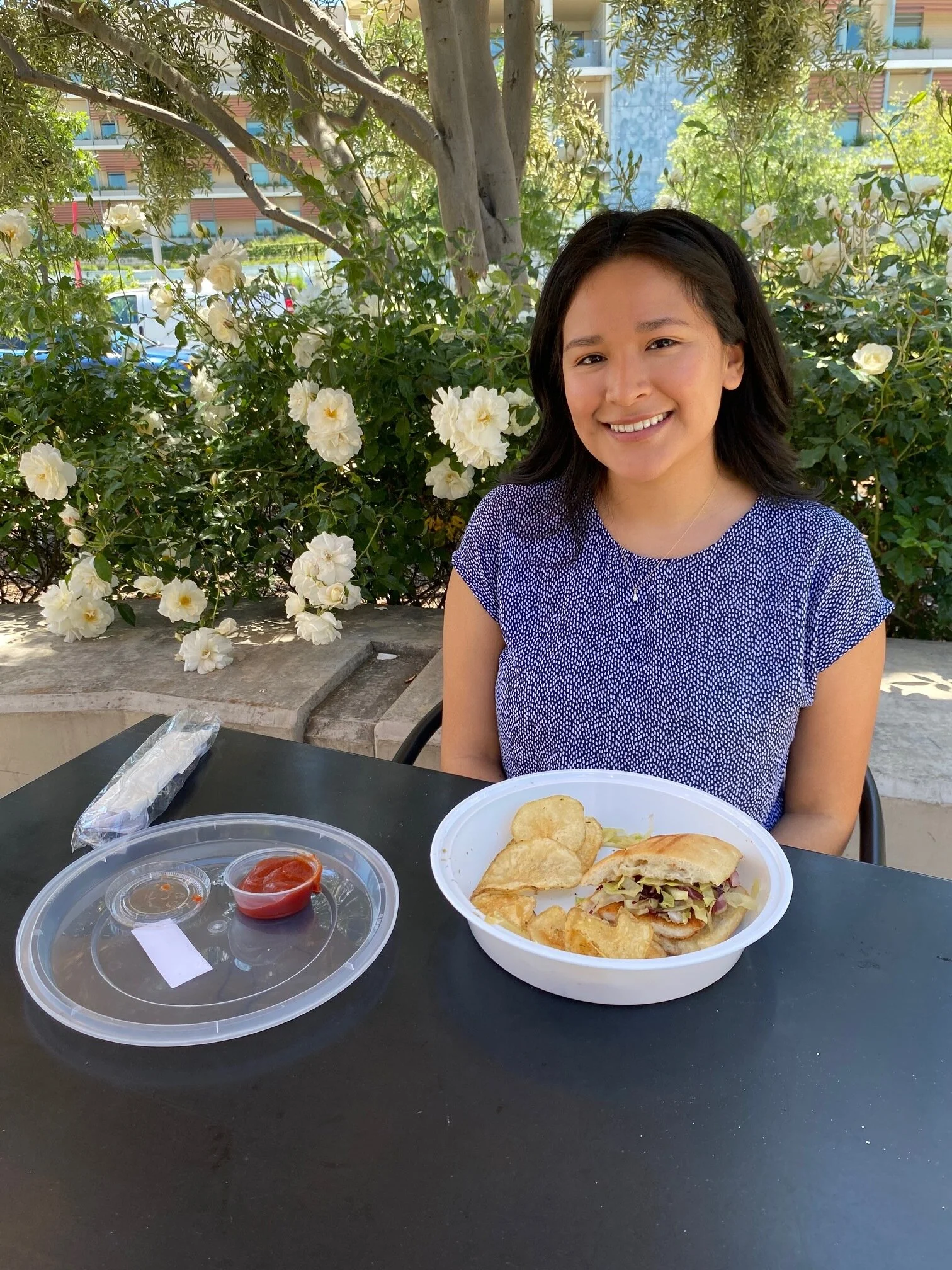Serve It Safe Sets the Table for Reuse in Restaurants
It’s March 9, 2020. I had just started at Upstream as the Director of Business Innovation when Covid-19 struck. Very quickly, I started to settle into an unfamiliar “new normal.”
At first, like most people, I was in shock. I had real concerns over how this would impact the world and our families, and our health and economy. It was pretty unimaginable.
Then I realized that most of the work we had planned – and the years of progress and momentum that we achieved toward making single-use packaging in food service a thing of the past – would quickly reverse course. I couldn’t launch reusable services and systems with our partners in large-scale stadiums and entertainment venues with the potential for social impact as originally intended.
(I know; it was a grim outlook.)
A reuse solution to change the way we view food service take-out
Our theory of change has always been to show to the general public how easy and fun these new reuse services can be. We hoped to normalize reuse by bringing it to the masses instead of just the small percent of individuals in the U.S. who we call the “early adopters.” (But shout out to them for setting the trends!)
So, we went back to the drawing board.
Facing the challenge and seeking opportunity
I met with many leaders in the food industry, local government, our partners in the reuse services space, and colleagues also working on reuse systems, policies and programs.
During Covid, the food industry had to shift to stay alive, and that meant running all operations in a take-out and delivery economy. It was a tragic time for the food service operators – they lost most of their staff and had to pivot quickly to meet the moment, and many had to close down temporarily or permanently.
I have a lot of respect for them. But I also saw a huge problem growing from all the waste from the billions of take-out single-use items that flooded our homes and communities. And I wanted to turn it into an opportunity.
Driving change
Out of dozens of companies that I met with during this exploration, I learned that Dishcraft was also pivoting to meet the needs of this moment, add value, and thrive.
Based in the San Francisco Bay Area, Dishcraft is the only reusable foodware delivery solution that combines robotic automation, process innovation, and service to solve the environmental and labor challenges facing the foodservice industry. Similar to a linen service, Dishcraft delivers and picks up a full range of reusable foodware items (like ceramic plates and coffee mugs, glass cups and stainless steel utensils) and washes them using advanced, patented technology that scrubs and inspects dishes multiple times.
Prior to Covid-19, Dishcraft provided delivery and washing services using ceramic dishware primarily to corporate campuses and hotels. They had never worked in the restaurant space and had only recently added reusable take-out containers to their operation.
Implementing the Serve It Safe pilot
So, together we launched a new pilot called Serve It Safe to offer a reusable take-out container service for restaurants and their customers.
Once the logistics, product selection, and marketing plan were complete, I set out to sign up restaurants to beta-test Serve It Safe. We aimed to get a cluster of 10+ restaurants to participate for one month.
Our goal was to learn everything we could about customer experience and behaviors so that the program could get better for the future, and to share the learnings with our diverse Upstream audience who is passionate about bringing reuse to their communities.
The challenges
After conducting cold and warm outreach to 100+ restaurants in my network that I knew wanted to reduce waste, save money and bring efficiency to their operations, I realized this may be a bigger challenge than anticipated.
At the end of the outreach period, only 7 restaurants expressed interest and just one committed to the program. So many restaurants were still operating in survival mode at that time that even one more change to their business was too much to take on.
The perfect candidate: Tootsie’s at the Stanford Barn
Rocco Scordella, the owner of Tootsie’s at the Stanford Barn in Palo Alto, CA was all in from day one. He is passionate about the planet and believes that restaurants can and should do better – and he felt that his customers were eager to participate in innovative new programs.
As it turns out, he was right.
We launched the Serve it Safe pilot with Tootsie’s for 4 weeks to great success (you can learn more about the results here.)
The future of reusable take-out for Tootsie’s
Rocco will continue to offer the reusable container service as a permanent feature of his restaurant operation after the pilot. “Customers absolutely loved it,” he said. “It was a great success. They understood why we were making the change and they were all on board. We have to be involved in making a change for the future – for our kids and our grandkids. It’s a no brainer.”
Resources to learn more about the Serve It Safe pilot
The Serve It Safe pilot ran from April 20 - May 17, 2021, and we learned everything we could about launching an innovative service in a challenging time. We hope you enjoy reading the case study and listening to Dishcraft and Tootsie’s talk about the pilot on The Indisposable Podcast – and please share with all other Solutioneers working to bring reuse to their communities.





